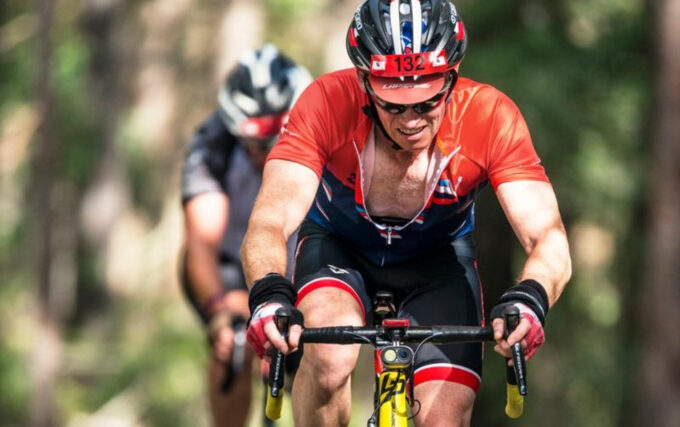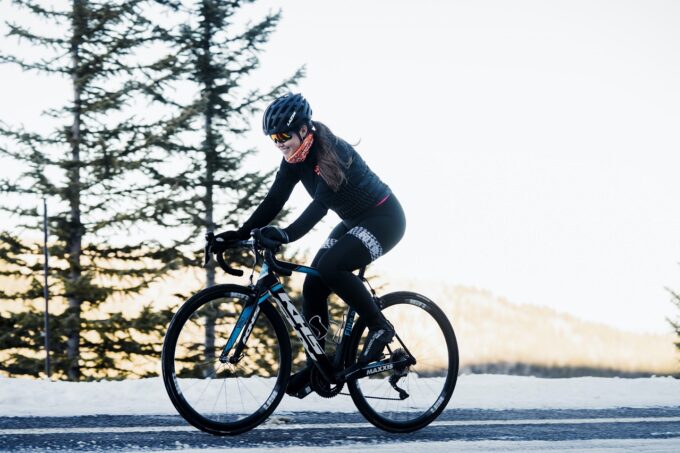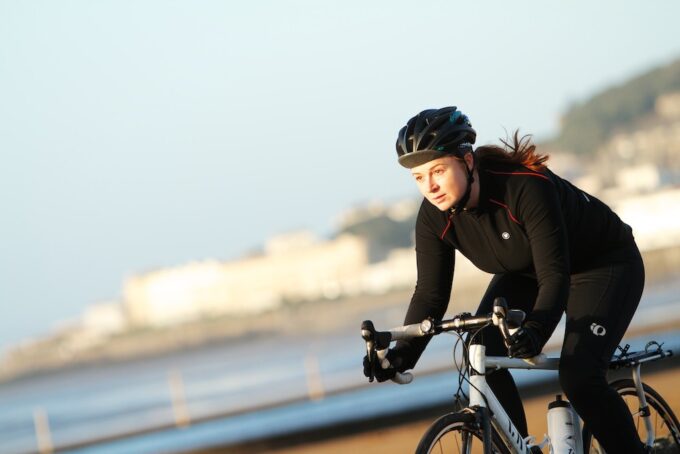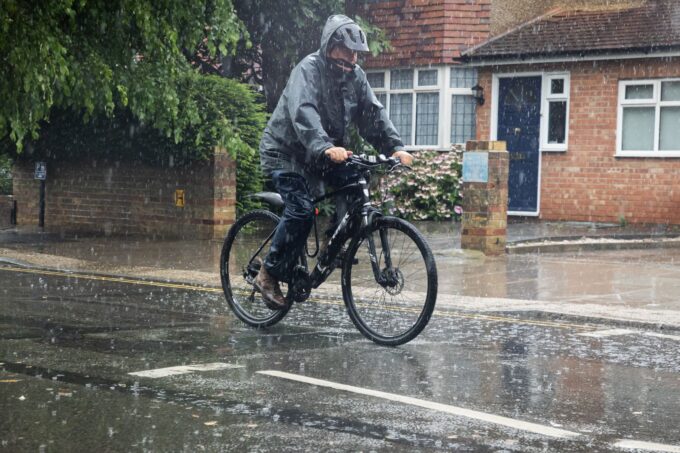What are the best – and the worst – weather conditions for cycling? This is actually a question that some within the cycling community would strongly object to – if they didn’t refuse to answer it outright. Officials at USA cycling , for example, have said straight up that there is no such thing as bad weather for cycling, only bad gear. What this statement is getting at is that cycling is all about conquering terrain with a bicycle. While there might be such a concept as “optimal conditions” for a road race, other types of cycling (especially off-road or cross-country) are specifically designed to feature weather as a potential challenge. And even the road races would take nothing short of a hurricane to have them cancelled.
And if cyclists were not content to hit the road in all conditions, then there wouldn’t be the plethora of gear that helps them do it even when conditions are what we – but not the committed cyclist – would call “adverse”. From the humble mud guard to sophisticated UV-blocking and glare-cancelling the sun visors, the cyclist has a large and varied arsenal of gear to help combat whatever the weather may blow in. And this is precisely because cycling is all about conquering the elements, not hiding from them. Of course, it might be easier to speed down a well tarmacked road on a clear day in a clement temperature, but cycling is also about doing the same thing when the wind is blowing in your face.
“Good” Conditions

Source: unsplash.com
Nevertheless, there are some weather conditions that can probably be marked out as “good” where cycling is concerned. In order to ascertain what these are, we can probably take the opinions of most cyclists, and what weather conditions they prefer. We can say with some certainty, for example, that most cyclists prefer things not to be either stiflingly hot or bitterly cold. We could also say that most cyclists prefer a road aptly treated with grit salt widely available from sites like Seton.co.uk, to one with a patchwork of invisible black ice all over it. These are the extremes that most prefer to avoid, simply where comfort and safety are concerned. We know from surveys, for example, that most cyclists feel most comfortable cycling in weather that hovers around fifteen degrees Centigrade.
Nevertheless, the gear certainly exists to help the cyclist cope with almost any conditions. This is especially true in the case of off-road cycling or mountain biking, where inclement weather is simply part of the fun.
Therefore, it might be better not to talk about what are “good” or “bad” cycling conditions, but instead consider each potential set of weather conditions and how cyclists can – and frequently do – make the best of them. This is perhaps the better way to think about the weather where cycling is concerned – just another challenge among the many that those who go on two wheels face every time they set off. It is important to talk about the gear that is necessary for each set of weather conditions, but also what the advantages and disadvantages of each are. Cyclists cycle in all weathers, and they have their reasons for doing so.
Heat

Source: blog.mapmyrun.com
First up then, how ideal is hot weather for cycling? For many, a beautiful bright and clear sunny day might sound like the most ideal conditions you could get. The gear, for example, extends to nothing more complex than a water bottle and holder, and the clothing follows a simple rule of “wear a bit less” – but what are the challenges of hot weather?
Well, that rather depends on how hot it is. Of course, stifling heat can make for a challenge, and at the extremes excessive physical exertion can be downright dangerous. But then we are not talking about a cycle across the Sahara here. Generally speaking, if the sunshine creates good visibility, then great; but you could always find yourself cycling directly into the sun, in which case a good visor is your friend. Beyond that, it is all about staying hydrated and keeping your core temperature down.
Cold

Source: bicycling.com
Unless it is bitterly cold, cold weather is genuinely helpful for cyclists. This is simply because the extended periods of physical exertion that come with any cycle ride are, in nearly all cases, sufficient enough to keep you warm. In fact, a potential hazard in this weather is actually keeping cool! Warm clothing, which might feel necessary when you are stationary or simply walking, can very quickly become too hot once you are powering the pedals.
Wind

Source: totalwomenscycling.com
Wind is perhaps the one weather condition that you can really do the least about. As far as gear goes, you should prioritise clothing and equipment that is streamlined and sits as close to your body. The same is true of your bike and anything it too is carrying. The biggest effect that wind has is that it causes you to exert more energy in order to cycle at the same rate you normally would. Except in the lucky conditions where the wind is exactly behind you, it will nearly always be blowing you off course or working directly against you. And as almost no cycle route is a straight line, you can expect wind conditions to be varying relative to your position many times over the course of a single cycle. It doesn’t even make sense to consider wind an adverse or positive weather condition. Where cycling is concerned, it is just a fact of life.
Precipitation

Source: sfgate.com
A good rule of thumb for judging which weather conditions are ideal for you is to always look at your tires first. Generally speaking, “bad” conditions will be those which lessen the ability of your tires to grip the road or terrain. Therefore, when considering whether to go out in wet, icy, snowy, or humid conditions, it is always worth looking at how well your tires can cope. Off-road bikes, for example, will have the capacity to deal with much more challenging ground conditions than a road bike. But then again, a road bike can grip a tarmac road – in a range of conditions – better than an off-road bike can. It is perhaps wise to think like a driver when examining road conditions before your cycle, before taking the necessary precautions.
For sure, the weather almost never stops a committed cyclist (of any kind). But it would be wrong to assume that there is one way to be prepared for any set of weather conditions. There is no one set of tyres, clothing, or gear which can truly be called “all-weather”. You can indeed cycle in all weathers – but you have to adapt as you go.







